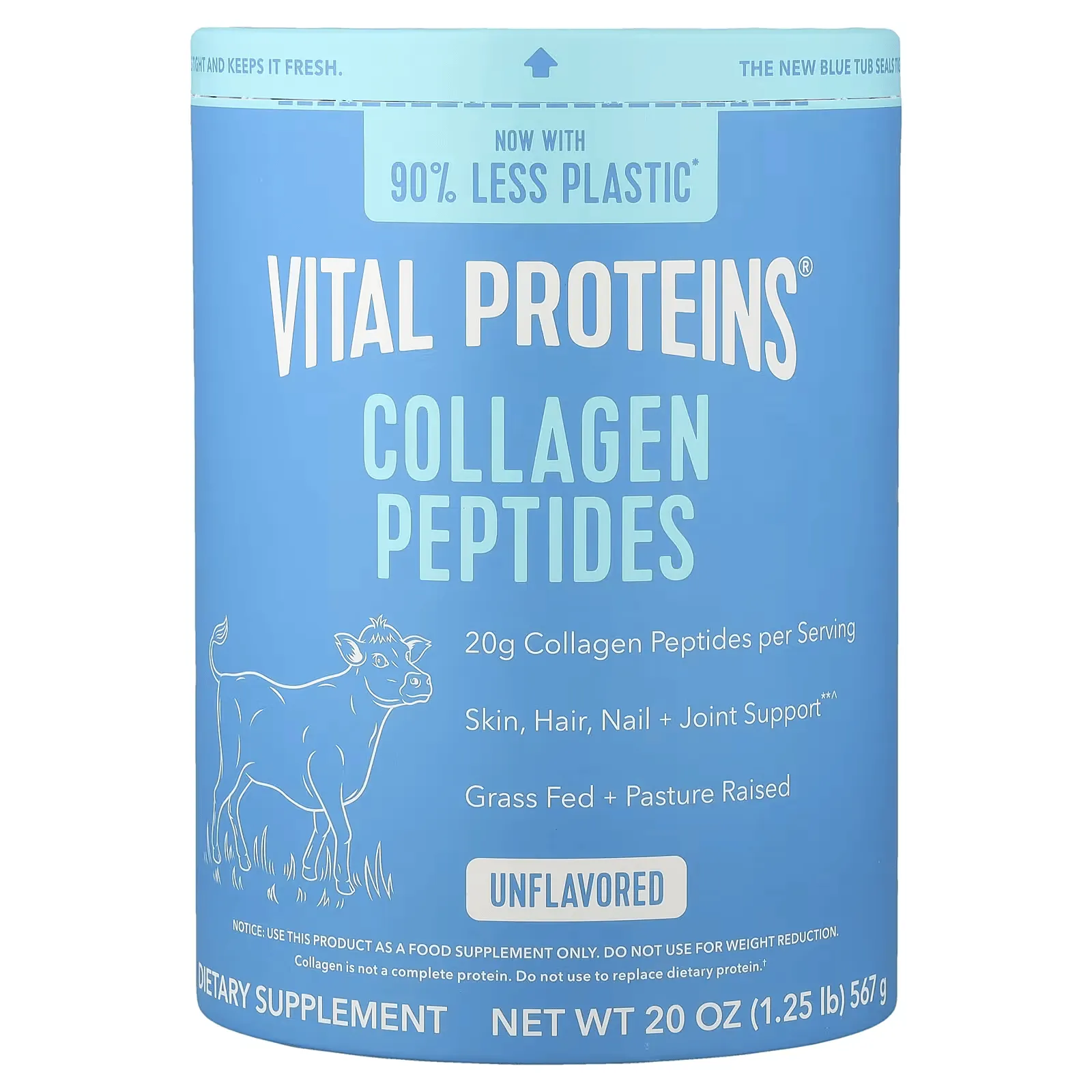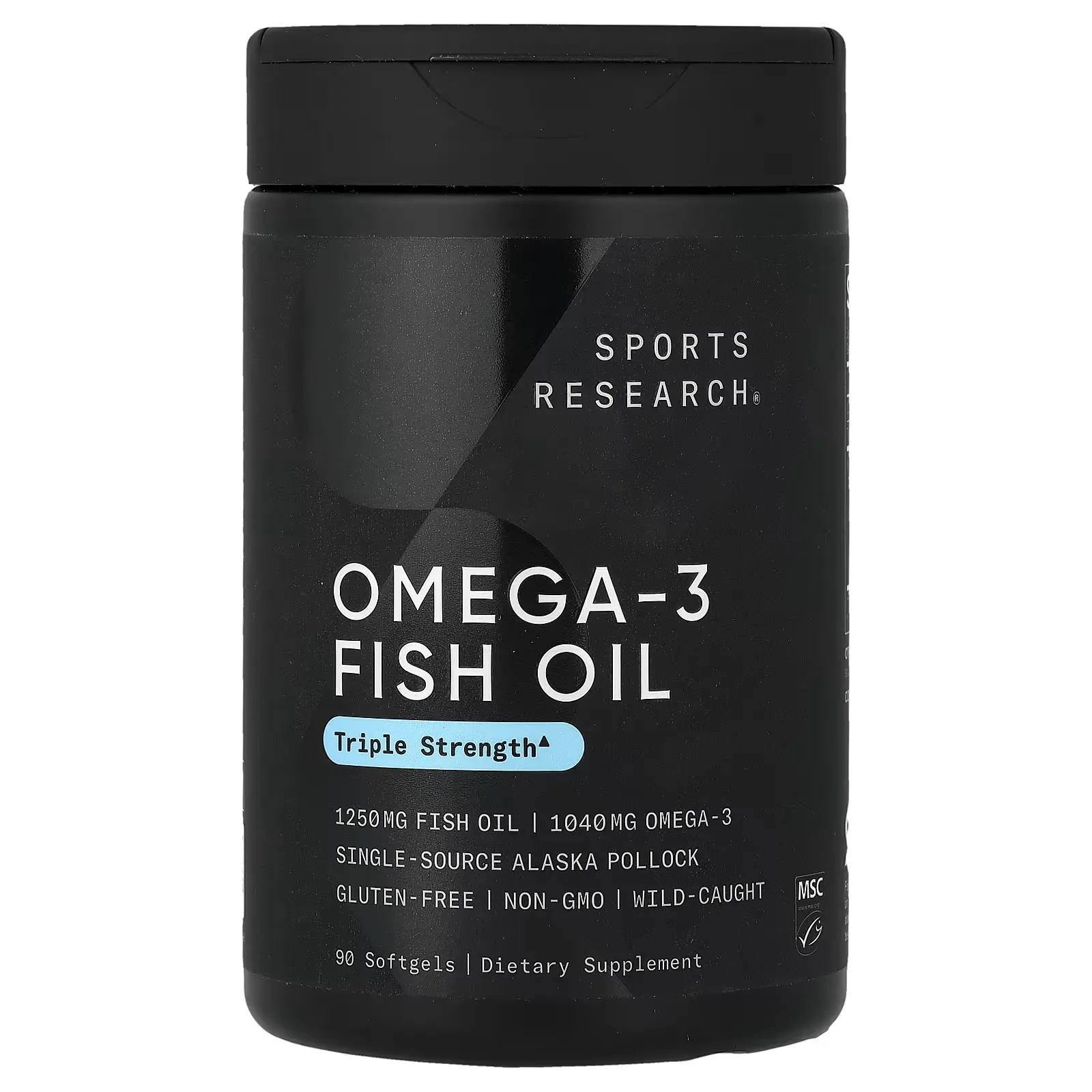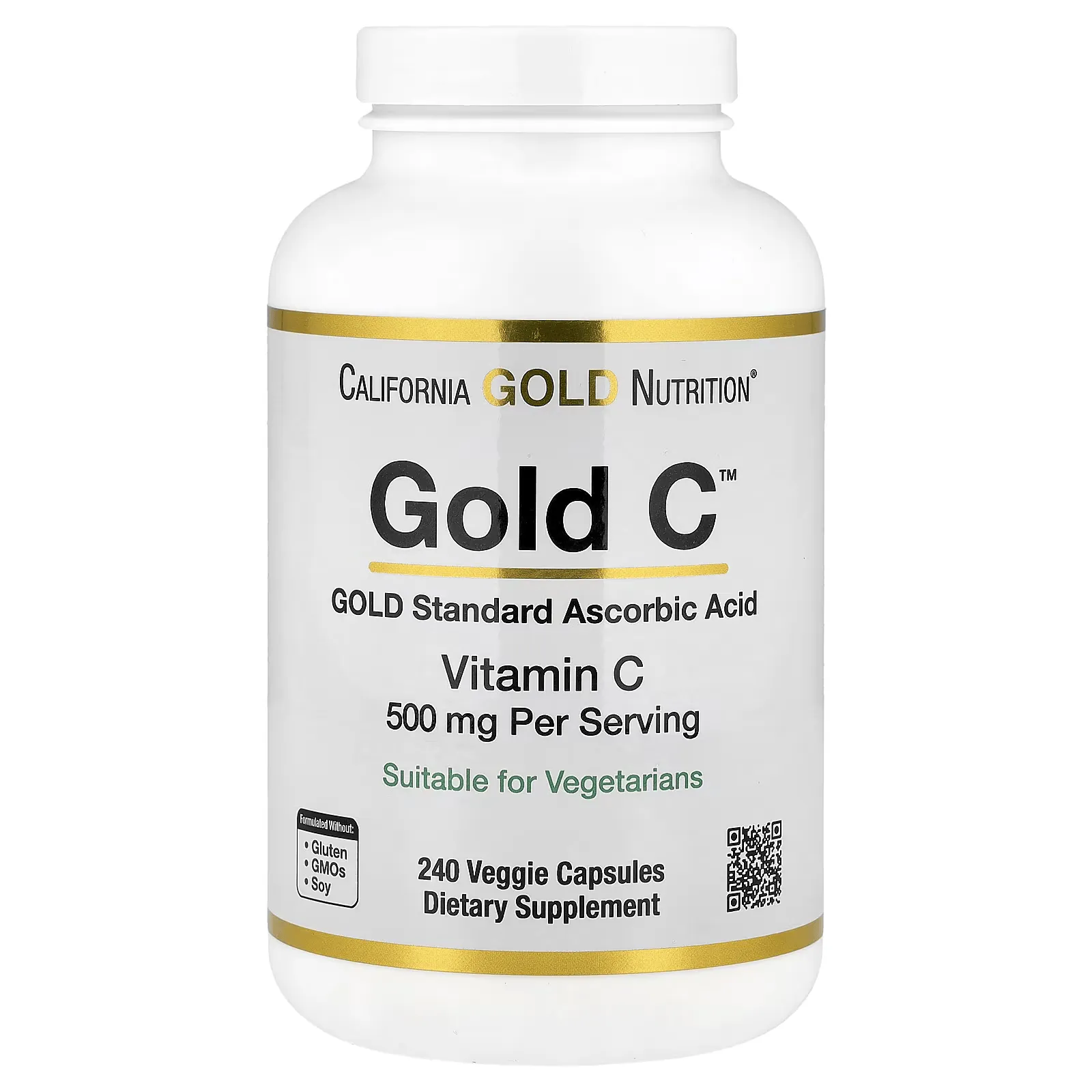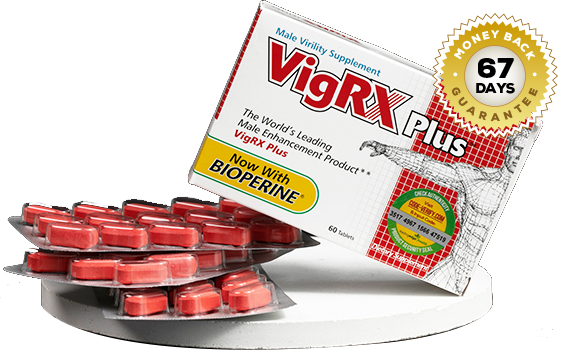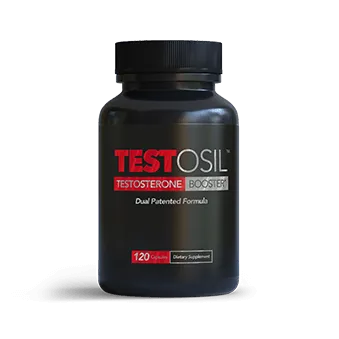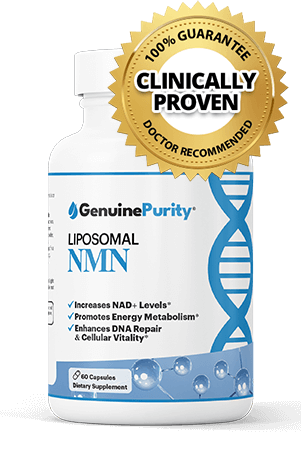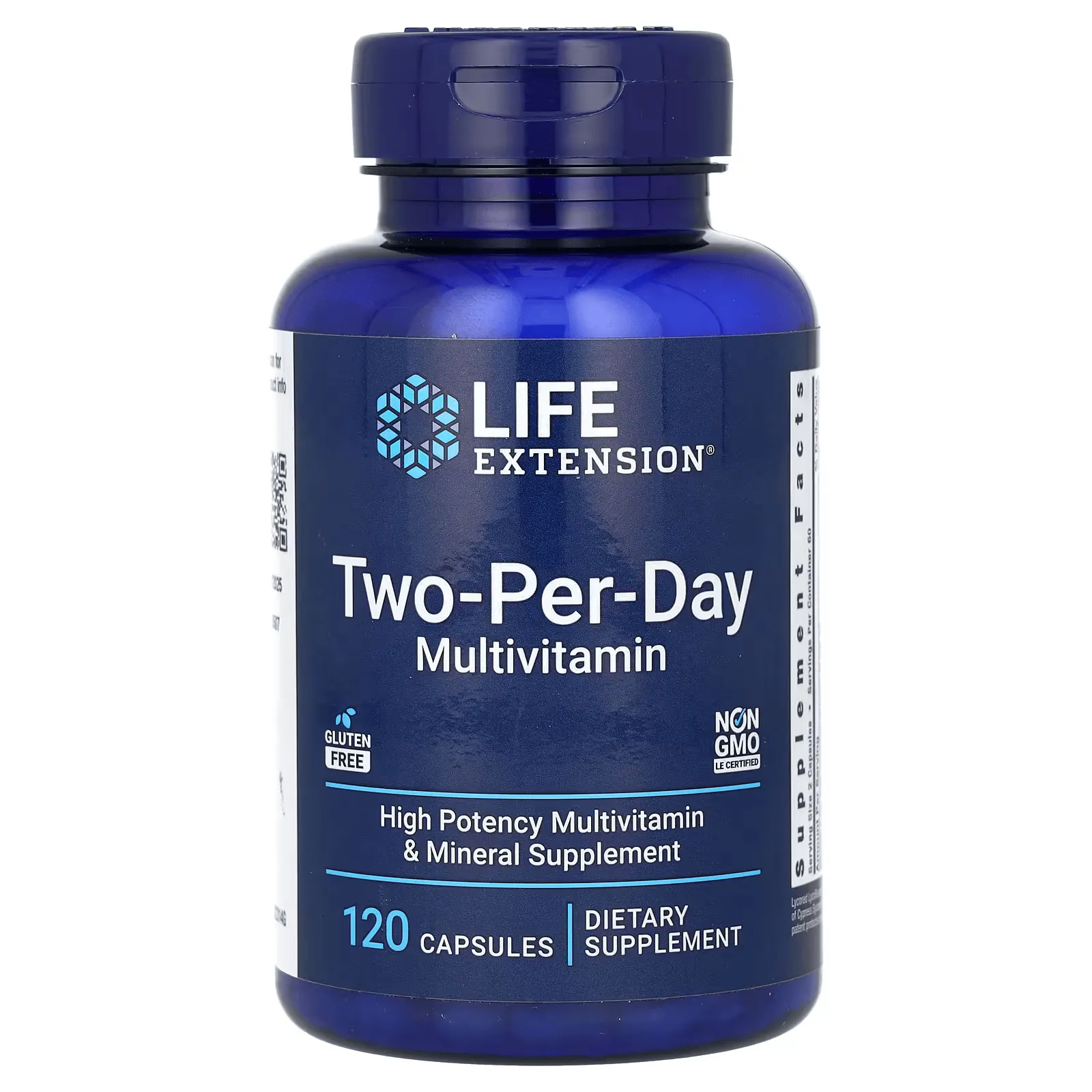
Home > Supplements > Hydration & Electrolytes
Hydration & Electrolytes — Session Performance
Simple, reliable hydration improves comfort and tissue resilience. Here’s a practical way to balance sodium, potassium, and magnesium around sessions—without overdoing any one mineral.
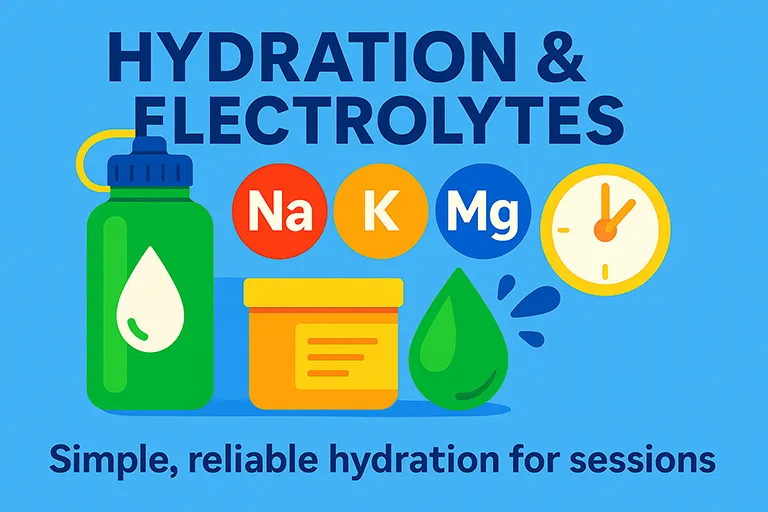
1) Why Hydration Matters
- Blood volume & perfusion: adequate fluids support warm tissue and capillary flow.
- Electrochemical function: Na⁺/K⁺ gradients drive nerve conduction and smooth-muscle tone.
- Cramp & tingling prevention: low K⁺/Mg²⁺ can increase irritability or cramps under stretch.
Bottom line: start sessions already hydrated—don’t try to “chug and go.”
2) Fluid & Electrolyte Timing
| Window | What to do |
|---|---|
| ~90–120 min pre | Drink ~300–500 ml water. If sweat/heat is expected, include a light electrolyte (see mix below). |
| ~15–30 min pre | Sip ~150–250 ml. Aim for clear–pale-yellow urine, not frequent urgency. |
| During | Sips as needed (~100–250 ml per 30–45 min). If you sweat, add a pinch of sodium. |
| Post | ~300 ml water + small potassium source (fruit) and dietary magnesium later in the day. |
3) Simple Home Mix (per 500 ml)
- Sodium: 1 small pinch of fine salt (~300–400 mg Na)
- Potassium: ~250–350 mg (e.g., 60–90 ml low-sodium V8® or a potassium salt blend, as tolerated)
- Magnesium: optional 50–100 mg elemental (glycinate/citrate) if your daily Mg is low
- Flavor: squeeze of lemon/lime; sweeten lightly if needed
Tip: If you already eat a potassium-rich meal, you can skip K⁺ in the bottle and let food do the work.
4) Daily Intake & Upper Bounds (General Adults)
| Nutrient | Practical target | Notes |
|---|---|---|
| Sodium | ~2–3 g/day (87–130 mmol) | Higher needs with sweat/heat; follow clinician advice if you have BP/kidney issues. |
| Potassium | ~3–3.5 g/day from foods | Fruits, potatoes, beans, dairy; supplement K⁺ only if appropriate for you. |
| Magnesium | ~300–400 mg/day | Diet first (nuts, cocoa, legumes); supplement at night if intake is low. |
Safety: If you take blood-pressure meds, have kidney/heart disease, or are on diuretics/ACE-inhibitors, consult a clinician before modifying electrolytes.
5) Signals & Adjustments
- Good: steady warmth, minimal cramp/tingle, normal urination frequency.
- Too little fluid: dark urine, headache, early fatigue → add 200–300 ml earlier in the day.
- Too much sodium: puffy fingers, big thirst → dilute with plain water in subsequent sips.
- Low potassium signs: cramps, twitching → emphasize fruit/veg & dairy at meals.
6) FAQ
Is coconut water enough?
It’s rich in potassium but relatively low in sodium. Fine post-session; add a salt pinch pre-session if you sweat.
Best magnesium form?
Glycinate or citrate are well-tolerated. Oxide has poor absorption for most people.
Updated: · Category: Supplements
